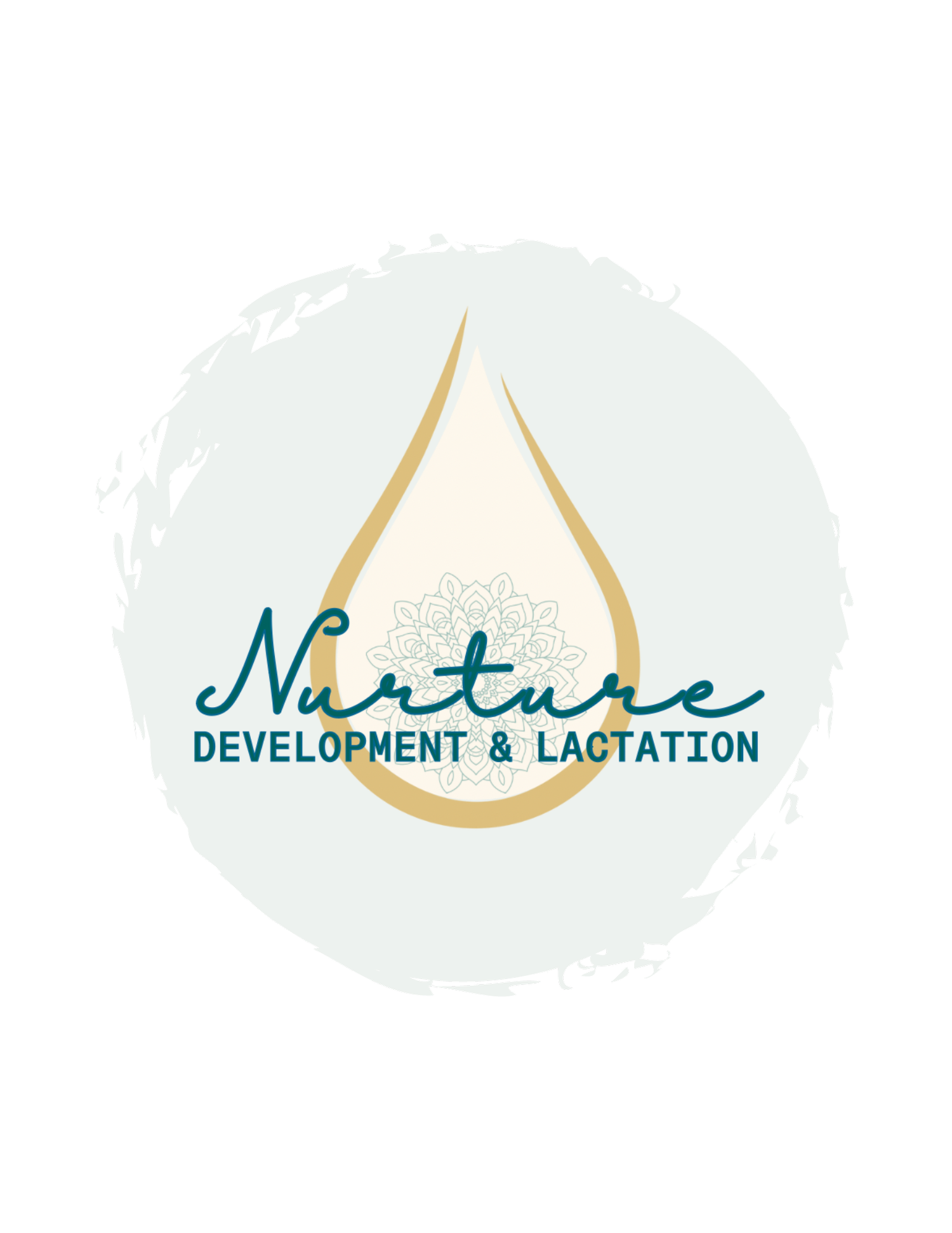Preventing Flat Head Syndrome
Flat head syndrome, or plagiocephaly, is when your baby’s head develops a flat spot on the back or side of their head. The cause of head flattening can be positional, or due to an underlying muscle imbalance which causes preference to rotate head one side.
As a certified neonatal occupational therapist, who works in the NICU, I know that fixing a flat can be a lot harder than working to preventing one.
Here are my top 8 recommendations to help treat and prevent flat heads after discharge from the hospital.
Do tummy time multiple times a day
Tummy time is the best position for overall development, which also allows baby’s head to be free of any pressure, preventing flatness. Tummy time also gives your infant an opportunity to provide their neck and trunk muscles a good stretch and workout to help decrease or treat any muscle shortening or tightness that may contribute to development of a head preference. You should aim for a minimum of 60-90 minutes of total tummy time over the course of multiple opportunities per day.
Check their head shape daily.
We spend a lot of our time looking at our babies. By checking your baby’s head shape daily, you can detect developing flat spots and make changes to your daily routines before flatness becomes a problem. Checking head shape is easily done by looking at your infant from the top of their head. I find that the best time to check is during bath time when their head is wet. Their head should be round and symmetrical. If you see a flat spot forming, it’s important to take action as soon as possible.
Limit time in baby swings or bouncers.
Infant swings and bassinets can be a huge help when in comes to having a baby, especially when we want a safe place to put them so we can have some time for ourself to complete self care or other pending items. However, due to the restrictive positioning of baby swings and bouncers, this often result in a crunched up position with constant pressure on the back or sides of baby’s head, with a limited ability to move freely. This position can contribute to both a head preference to turn to one side, or head flattening. Limiting the time spent in these items to 15 minutes at a time and allowing some floor play to unwind after use can help to decrease any tightness or head flattening.
Try not to let them sleep/rest on the same side of their head twice in a row.
When you put your baby in their swing, bassinet or car seat, midline is the best position, however, sometimes our infant will independently rotate their head to a position of comfort. By making an effort to rotate your baby’s head to turn or look a different direction can help to prevent any one spot from becoming flat and also helps to encourage symmetrical movement patterns.
Rotate baby in their bed at night.
Babies usually like to look toward the direction of where the action is taking place or toward the smell of their mama. This is why I like to recommend ”Odd way, Odd day.” This is done by switching the direction of your baby in their bassinet by placing them on her back with her head at the foot of the bassinet every odd numbered day. This can help your baby to turn their head to a different side each night because they will naturally want to turn to look toward you.
When playing on their back, alternate where you place their toys.
Before you place your baby down to play under their baby gym, check their head shape. If their head is looking round and symmetrical, distribute the hanging toys evenly so that your baby is encouraged to look to both sides while they play. If you notice a little flattening on one side, hang their toys on the opposite side to encourage them to rest their head OFF the flat spot. Doing this can help to prevent further flattening, encourages rotating to the unpreferred side, and helps to round out their head.
Alternate the side you hold and feed them on.
When breastfeeding, switching sides for feeding when it’s well established is something that often happens naturally, however, when bottle feeding, we tend to only feed on one side, especially when using the upright cradle position. Switching sides for feeding if feeding in the cradle position helps to reduce the amount of repetitive pressure an infant receives on the back of their head from the crook of our elbow.
Baby Wear
Baby wearing is a great way to alternative to help relieve an infants head from any pressure the they may get during floor or swing time. Its a great position for supportive exercise of their neck and trunk muscles with a lot of opprotniity for social engagement with their caregiver and visual exploration. Choosing carrier Tham placed infants in the “M” position helps to support optimal positioning and development.
If you notice a flat spot on your infants head, implementing some of these strategies is a great start, but you’ll still want to get a referral for an evaluation from an occupational or physical therapist. Early intervention is the best intervention, so don’t wait.
Looking for an occupational therapist??
Schedule a discovery call!
*Disclaimer: All content and information on this website is for informational and educational purposes only. It does not constitute medical or therapeutic advice, does not replace any therapeutic intervention, and does not establish any kind of client-therapist relationship by your use of this website. These opinions are my own. I’m not receiving any compensation for products mentioned.
